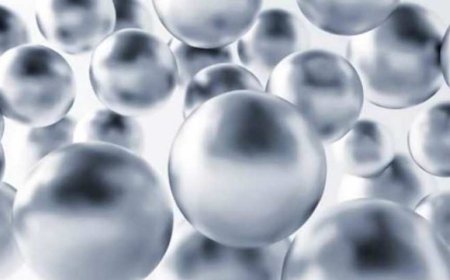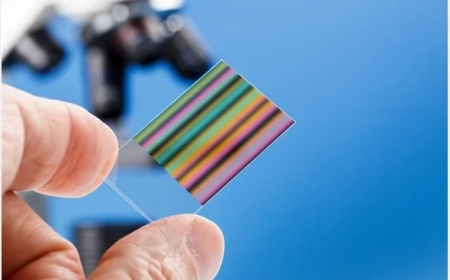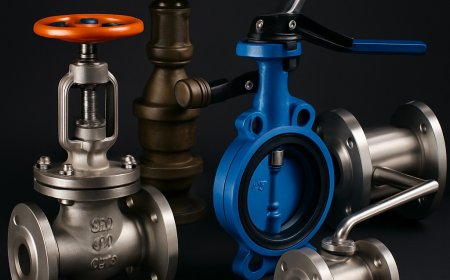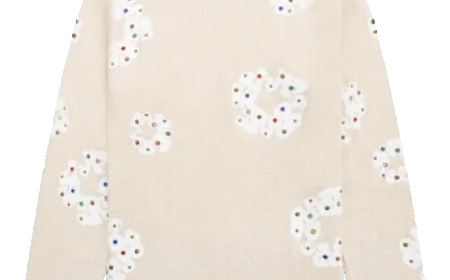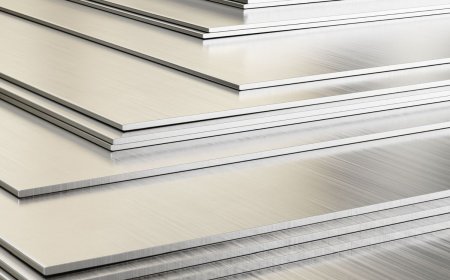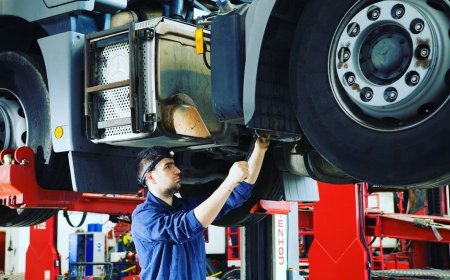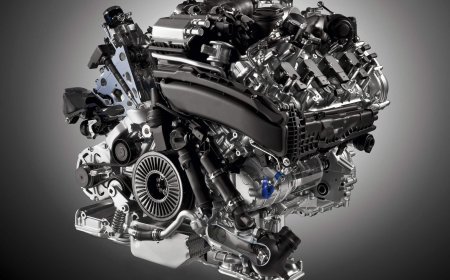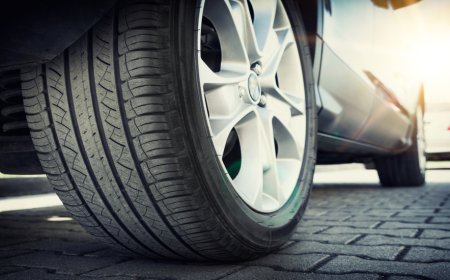Turning Scrap into Science: How Recycled Car Parts Fuel Innovation
Discover how old car parts are reused in science and industry, and how Unwanted Car Collection services help fuel the process by recycling vehicles responsibly.

Scrap is not always waste. In many places around the world, old car parts are now playing a new role in science, design, and industrial progress. Vehicles that once sat in garages or on the roadside are being broken down and reused in research labs, universities, and industrial workshops. These parts are not only helping to reduce waste but are also helping people study, build, and test new ideas. This blog looks at how car scraps are being used for science and why this growing shift is changing the way people think about end-of-life vehicles.https://www.carremovalsydney.com.au/
1. What Happens to Car Parts After Scrapping
When a car is no longer used or wanted, it often ends up in a yard where it is taken apart. Mechanics and staff remove items like engines, wheels, radiators, and gearboxes. These are checked and sorted based on condition and demand. While many parts go into resale or regular recycling, a growing share is being used for learning and research.
According to the Australian Bureau of Statistics, more than 700,000 vehicles are taken off roads each year. A large share of their parts can still serve a purpose even after the car no longer runs.
2. Engine Blocks in Engineering Labs
Old engines are now often used by engineering students to understand how machines work. Many schools and universities receive donations or buy scrap engines to teach students about internal combustion, mechanical failure, or part assembly. These old engines help students learn by using real-world materials, not just models or pictures.
Having access to actual parts gives students a hands-on learning experience, which helps them gain better understanding of how different systems inside the car work together.
3. Recycled Steel and Research Materials
Steel from old cars is one of the most recycled materials in the world. In scientific research, recycled steel is often used to test new coating methods, rust control measures, and strength tests. Researchers sometimes prefer working with recycled metals because they show signs of wear, oxidation, or stress from road use.
This allows scientists to better understand how materials behave over time. These tests help create better tools, road safety systems, and even stronger bridges or public structures.
4. Car Parts in Robotics and Testing
Reused car parts are now also helping young developers build robots, machines, and tools. Parts like motors, gear sets, window switches, and wiring are perfect for these kinds of projects. They are cheaper and offer real-world complexity.
Many workshops use steering columns, hydraulic parts, and electronic modules from cars to build machines that mimic movement or pressure control. These learning projects often lead to new designs for home tools, medical devices, or testing platforms.
5. Studying Wear and Tear
Science often relies on understanding how and why things fail. Car parts that have been used on the road for years show signs of wear that help researchers study heat damage, vibration cracks, or metal fatigue. These parts are studied under microscopes or put through machines that test pressure, friction, and stress.
This research helps improve materials used in future vehicles or public structures. It also assists in developing stronger coatings, better oils, and improved fuel systems.
6. Role of Scrap Plastics in Chemical Research
Cars are not made of metal alone. They also contain plastic from dashboards, seats, panels, and electrical covers. This plastic can be reused in labs to test melting points, recycling methods, or chemical treatments.
Chemists are working on ways to break down older plastic into safe, reusable matter. Research into car plastics has also helped in developing safer and more stable materials for modern use.
7. Environmental Science and Old Cars
Old cars contain fluids such as oil, brake liquid, and coolant. These are often used in environmental science studies. Students and scientists analyse how fluids break down over time or how they affect soil and water.
This data is important for designing cleaner fuels or improving recycling techniques. Some universities even use entire vehicles to train students on how to detect and control environmental risks.
8. How Local Collection Supports Research
Many schools and labs do not buy directly from scrap yards. Instead, they rely on local groups that handle the collection of unwanted vehicles. These services gather cars that are no longer in use and send them for careful dismantling.
For example, a service like Car Removal Sydney plays a role in supporting this effort. While their work mainly involves clearing space and collecting unwanted cars, it also connects with science and industry. Some parts gathered through Unwanted Car Collection are passed along to learning centres or workshops. This means the old car on your street could help build a robot or test a new engine system in the future.
9. Innovation Driven by Reuse
The more that recycled parts are used in science, the more ideas emerge. Reuse saves money, teaches practical skills, and helps reduce waste. Many science projects would not be possible without access to used car parts.
This approach has also helped people think differently about waste. Instead of throwing something out, they look at how it can be reused, rebuilt or tested. This shift in thinking is already changing how the next generation sees waste and research.
Conclusion
Scrap cars are not just piles of metal. They are tools for learning, building, and exploring new ideas. From helping students understand engine systems to helping researchers test plastics and metals, car parts are proving useful long after their last drive.
As science moves forward, the role of recycled materials becomes more important. Whether in a classroom or a lab, these parts give new life to old vehicles and support ideas that could shape the future. Through proper collection and thoughtful reuse, something once considered waste becomes part of progress.




